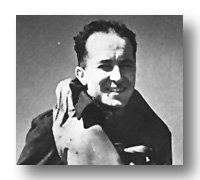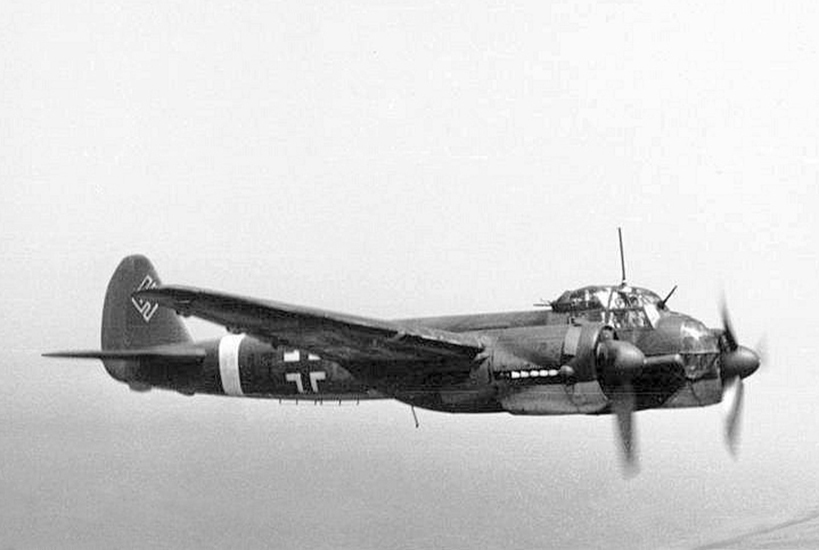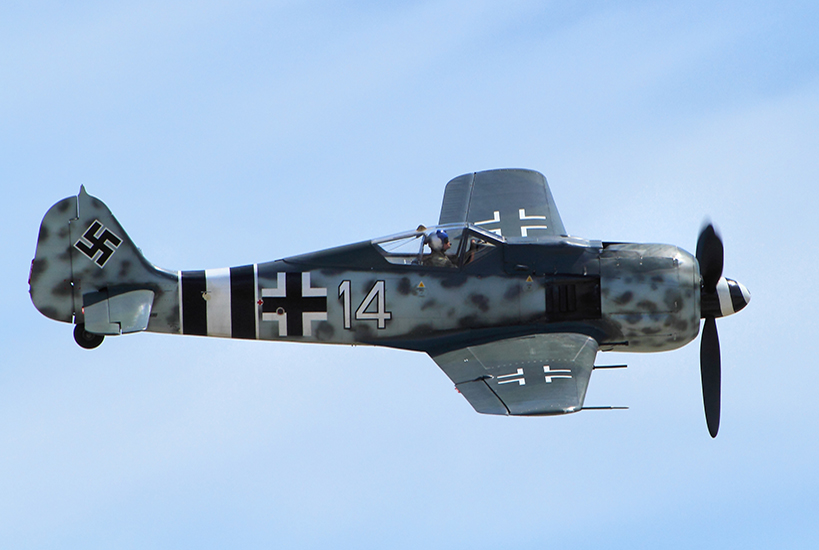Spurdle, Robert Lawrence "Spud"
- Date of birth:
- March 3rd, 1918 (Wanganui, New Zealand)
- Service number:
- 44230
- Nationality:
- New Zealander
Biography
Bob Spurdle was born in Wanganui, New Zealand, in 1918 and educated at the Wanganui Collegiate. Gaining an RAF short-service commission just before the war he was trained in New Zealand as a light bomber pilot.
A fortuitous illness held him back and his course sailed without him. Eleven of these fourteen were killed. He sailed for Britain in early June 1940 after Dunkirk. Spurdle was retrained as a fighter pilot before joining No. 74 Squadron on the 21st of August 1940. He was one of Sailor Malan’s Tigers, and it was the Spitfire that was dominate his flying Career throughout the rest of the Second World War.
Impatient to fly and a rebel against blind officialdom, he wangled one operational posting after another, and was still in action in August 1945. In the meantime he had destroyed eight enemy aircraft, probably four more, and damaged at least fifteen others. After leaving 74 Squadron he flew with No. 91 Squadron and with the Merchant Ship Fighter Unit, then returned to his native New Zealand to fly against the Japanese. He joined No. 16 Squadron RNZAF and did a tour in the Salomons, but he returned to the UK in 1944 as a flight commander in No. 80 Squadron, becoming their CO in July. For the last part of the war he was attached to the 6th Airborne Division to be a Radio Control Officer flying by glider into Germany (Operation ‘Varsity’- the Rhine Crossing), and then on to the Elbe by 11th Armoured Division motoring by tank. The war over, Spurdle was repatriated to New Zealand and lived at Whitianga, a quiet little village, until his death.
As far as is known Bob Spurdle, John Gibson and Michael Herrick were the only three New Zealand pilots to destroy enemy aircraft in both the Battle of Britain and the Pacific.
In February 1942 after he had volunteered for the Merchant Ship Fighter Unit
he rejoined 91 Squadron and was made a flight commander in April. On 25 July he destroyed a Bf 109 and the next day an FW 190. Spurdle visited the latter's pilot in hospital and discovered that he was credited with the destruction of seventeen British fighters. With another FW 190 damaged on 28 July and a Bf 109 damaged on 3 August Spurdle was awarded the DFC.
Do you have more information about this person? Inform us!
- Period:
- Second World War (1939-1945)
- Rank:
- Flight Lieutenant
- Unit:
- No. 91 (Nigeria) Squadron, Royal Air Force
- Awarded on:
- August 14th, 1942
- Period:
- Second World War (1939-1945)
- Rank:
- Squadron Leader
- Unit:
- No. 80 Squadron, Royal Air Force
"Since the award of the D.F.C. this officer has taken part in a large number of operational sorties. He has destroyed at least four enemy aircraft and damaged several others Sqn.Ldr. Spurdle has served on both the Pacific and Western fronts. An outstanding and courageous leader, he has, throughout, displayed a fine fighting spirit and great determination."
Received as a bar for on the ribbon of the first DFC
On December 8th, 1944, Spurdle damaged two Junkers Ju 88 divebombers in which his last engagement with the Luftwaffe would become. Early in January 1945 he was releived from operations after having completed his fifth tour and was awarded a Clasp to his DFC.
Sources
- Photo: New Zealand Fighter Pilots Museum
- - The Blue Arena by R.L. Spurdle
- New Zealand Fighter Pilots Museum
- the-battle-of-britain.co.uk
- The London Gazette Publication date:23 January 1945 Supplement:36910Page:580





